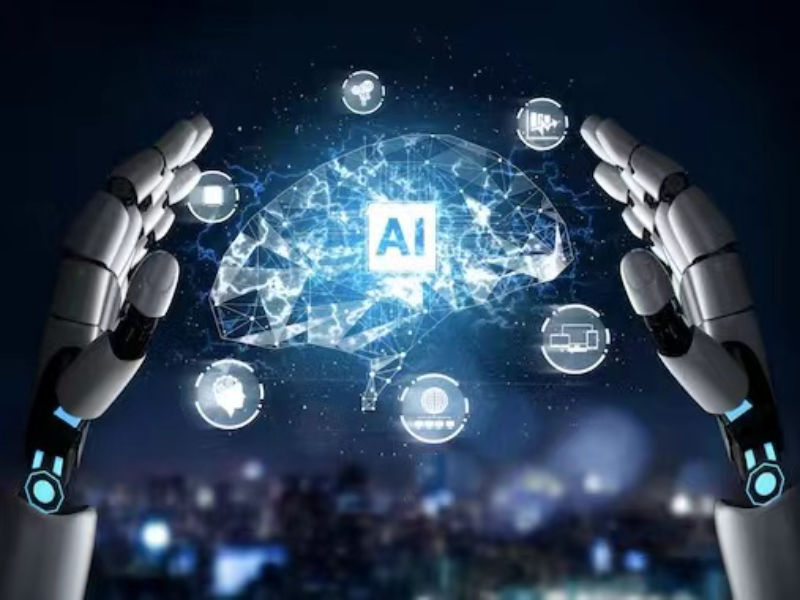- Reinforcement learning (RL) is a dynamic AI branch enabling machines to learn optimal behaviours through environmental interaction, continually adapting based on feedback from actions taken.
- There are 8 core elements of RL, namely, agent, environment, state, action, policy, reward, value function, and model of the environment, all of which work together to help the agent learn and make optimal decisions.
Reinforcement learning (RL) is a captivating and powerful branch of AI that enables machines to learn optimal behaviours through interaction with their environment. Unlike other machine learning methods that rely on static datasets, RL is dynamic, continually adapting and improving based on feedback from actions taken.
Also read: OpenAI’s illegally restrictive NDAs: Who’s muzzling whom?
Also read: 10 AI-powered apps for self-diagnosing health conditions
9 core elements of reinforcement learning
Reinforcement learning is known for its experience-driven model. The following core elements form the foundation of RL algorithms and define how they operate and learn.
1. Agent: At the heart of any RL system is the agent who is the decision-maker, the entity that interacts with the environment and learns to achieve its goals. In RL, the agent can be a robot, a software program, or even a character in a video game. The agent’s primary task is to select actions based on the current state of the environment to maximise the cumulative reward over time.
2. Environment: As a key factor in RL, the environment represents everything that the agent interacts with, from a physical space, like a robotic workspace, to a virtual setting, like a simulated game world. In essence, the environment, characterised by its dynamics, is the agent’s playground where it learns and evolves.
3. State: Different from the environment which can be seen as an external element, the state is a representation of the current situation of the environment. It encompasses all the information the agent needs to make informed decisions. States can be simple or complex, depending on the problem at hand. For instance, in a chess game, the state would include the positions of all the pieces on the board.
4. Action: When the agent makes in response to the current state, its initiated decision or move is the action. Actions can be discrete, like adjusting the angle of a robotic arm. The agent’s goal is to choose actions that maximise cumulative rewards over time.
5. Policy: The decision-making process is guided by the agent’s policy which is a crucial component of RL, defining the agent’s behaviour. It is a mapping from states to actions, essentially dictating what action the agent should take in each state. Policies can be deterministic where a specific action is chosen for each state. The policy evolves as the agent learns, intending to improve the selection of actions to maximise rewards.
6. Reward: The feedback signal received from the environment after the action is a reward. It serves as an indication of the action’s results. Positive rewards encourage behaviours that lead to desired outcomes, while negative rewards discourage actions that lead to undesired results.
7. Value function: To estimate the expected cumulative reward that can be obtained from a given state or state-action pair. There are two main types of value functions: state-value functions, which consider the expected benefits from the state and the policy, and action-value functions, which add the effects of taking action to the assessment. The functions help the agent evaluate the long-term benefits of states and actions.
8. Model of the environment: It is an optional component in RL, representing the agent’s understanding of how the environment works. The model can predict the next state and reward given the current state and action.
Reinforcement learning is a powerful and dynamic field of AI, driven by the interaction between its core elements: the agent, environment, states, actions, policy, rewards, value functions, and models. By leveraging these components, RL algorithms learn to make optimal decisions in various applications, from autonomous driving to personalised recommendations.

